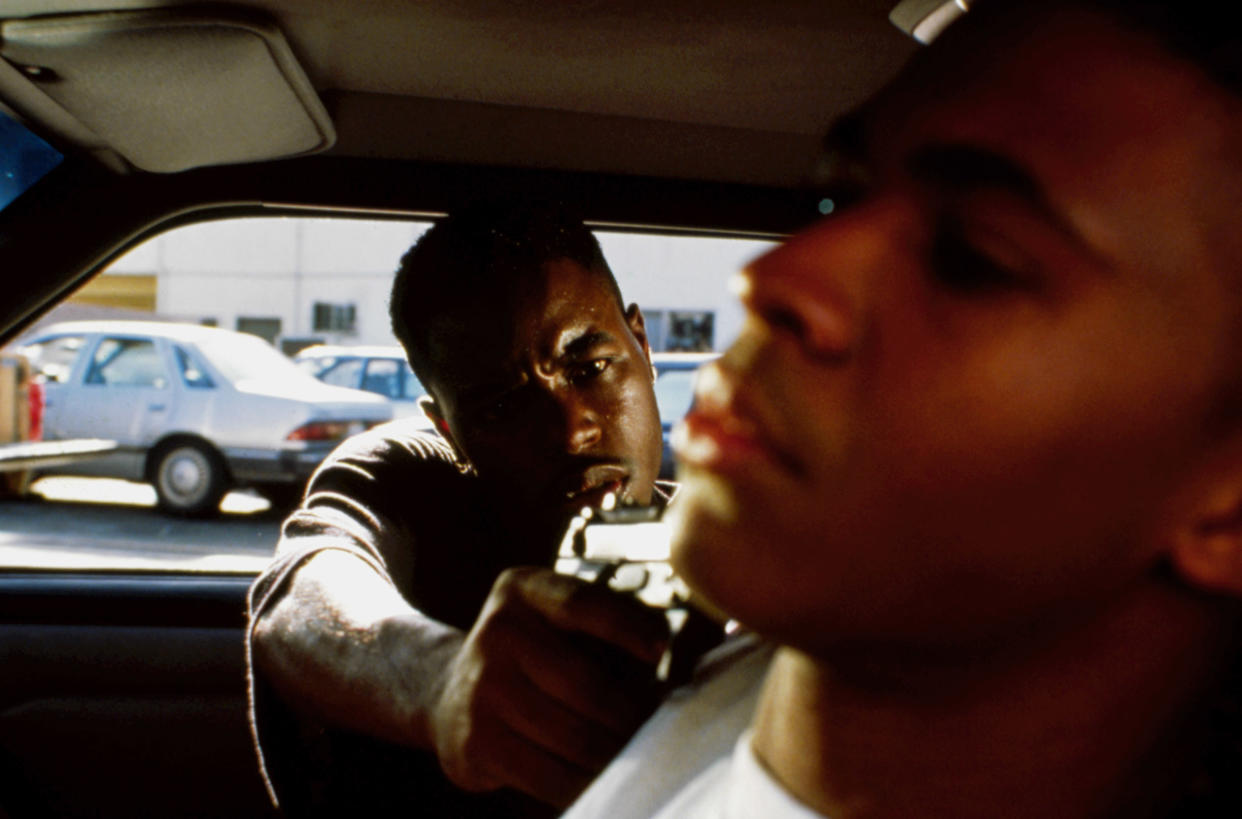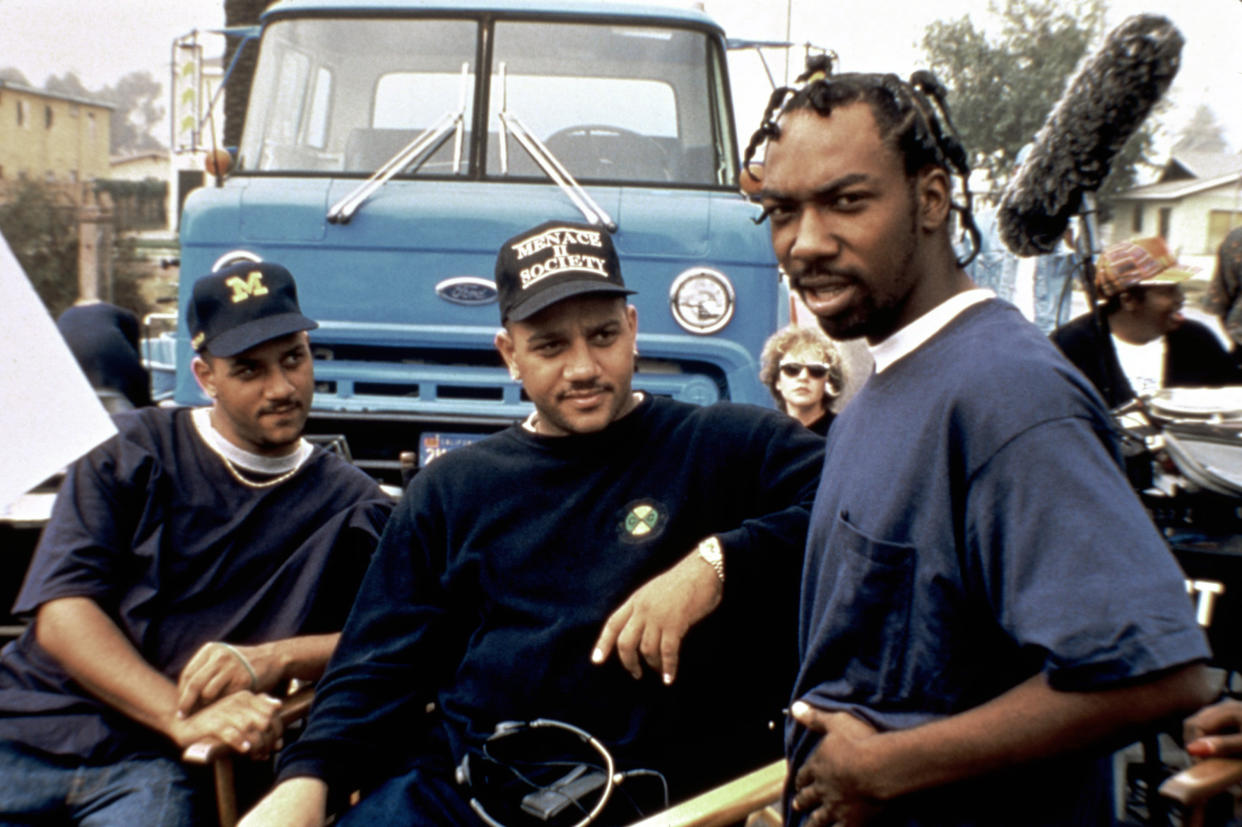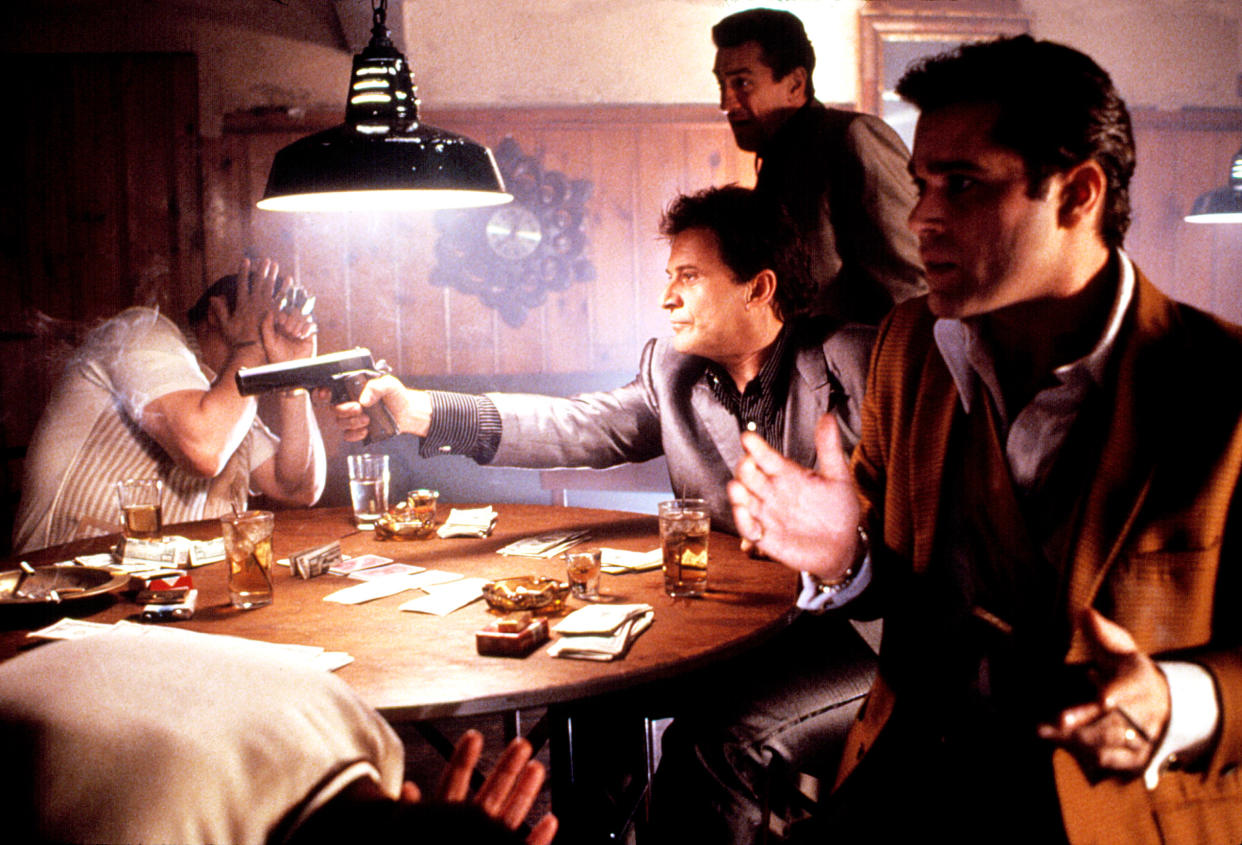'Menace II Society' at 30: The racial reason street drama was modeled after 'Goodfellas'

“’Hood dramas.” “Urban street tales.” “Message movies.”
There was a clear movement afoot as the fraternal filmmaking duo Albert and Allen Hughes released their feature film debut, 1993’s Menace II Society, 30 years ago, on May 26, 1993.
There was Jon Singleton’s seminal 1991 drama Boyz n the Hood, followed by Mario Van Peebles’s New Jack City (1991), Ernest R. Dickerson’s Juice (1992) and Stephen Milburn Anderson’s South Central (1992). The subgenre became so prolific in the early ’90s that the Wayans brothers made a feature-length spoof, 1996’s Don't Be a Menace to South Central While Drinking Your Juice in the Hood.
“They were the reason Menace got greenlit,” Allen Hughes tells us in a new interview. “There was a movement going on… So New Jack City helped us. Boyz n the Hood helped us. Juice helped us. Big time.”
Black filmmakers were still few and far between in Hollywood. But having directed 2Pac’s first two music videos, an episode of America’s Most Wanted and some short films, the Hughes brothers had accumulated enough juice to pitch Menace, which they had conceived with screenwriter Tyger Williams, around town.

The story follows friends Caine (Tyrin Turner) and O-Dog (Larenz Tate) in violent escapades through the treacherous streets of Los Angeles’s Watts and Crenshaw neighborhoods. “This is the truth. This is what’s real,” the tagline read. “We knew people like Caine and O-Dog,” Allen says. “But at the time, in the news, young Black males were just being projected to be like animals, like monkeys, less than human. Every time you turned on Cops, you’d see a Black boy running with his shirt off. … We wanted to make a film that would make Western society see how a kid could get like that, the conditions that led to that.”
And while Menace, like the ’hood-set films it was associated with, drew wide interest and critical acclaim, it also generated some controversy for its merciless violence, including an opening sequence where the ruthless O-Dog shoots and kills a Korean shop owner.
The Hughes brothers saw it all coming, which is why they looked toward another genre that was peaking in the early ’90s for inspiration: the Italian mob movie.
“We modeled a lot of it after Goodfellas because we knew that they don’t let n****s get away with s*** like they let the white man get away with s***,” Allen says matter-of-factly.
“I’m gonna be real with you. We were like, ‘They’re not gonna let Black filmmakers get away with this. ’Cause the bar is different, unfortunately. It’s just the way our world works, our country works. So we said if we model this and kind of shape it the way Goodfellas is modeled and shaped, if there is any attacks that come our way, we can go, ‘Hey, wait, how come that was OK, but this isn’t OK?’ And that was more of a safeguard.”

In addition to Martin Scorsese’s Oscar-nominated 1990 film, the siblings also referenced the works of Brian De Palma (most notably Scarface but also Body Double and Blowout).
In fact, Allen says he and his brother “wanted to speak predominantly to white people” with Menace. The filmmaker thinks the advent of the subgenre, and also, the explosion of hip-hop music into the mainstream around the same time, helped soothe race relations.
But he’s dismayed by what he has seen in more recent years. “It’s kind of reared its ugly head back up. Racism has gone pop, who would’ve ever thought that would be possible? And you’re like, ‘Damn, these mother***ers still see us like monkeys. They still see us like animals. They’d rather save a f***ing seal or sea lion than save a little Black child.’ That’s America for you. They’d rather save a dog in the streets than a young Black child. And it’s heartbreaking.”
